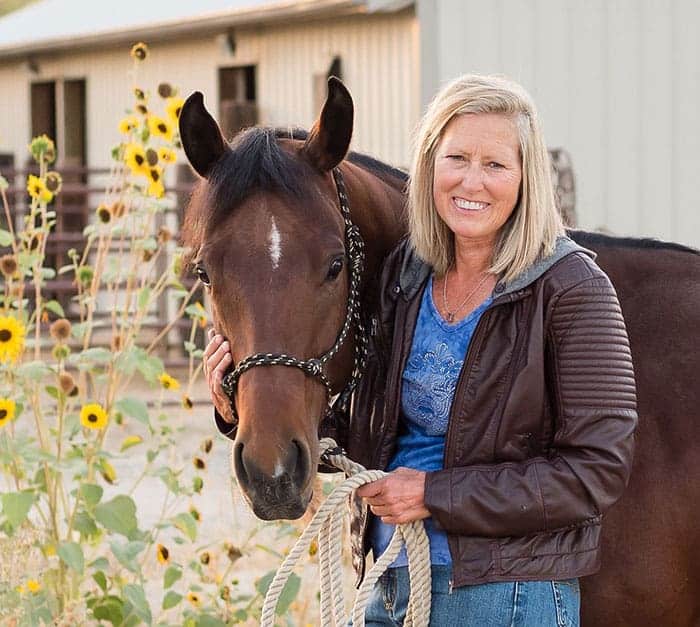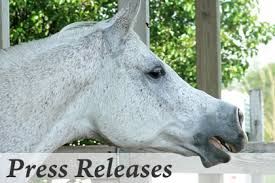Rain Gardens on Horse Properties
- Posted by Alayne Blickle

Rain gardens are a bright new idea for dealing with an age-old nemesis on horse properties – too much water and MUD! And they are a fun way to deal with April showers.
Rain gardens can do many things, such as:
- Reduce flooding;
- Reduce mud and erosion;
- Filter polluted runoff;
- Recharge groundwater;
- Provide wildlife habitat; and
- Provide an attractive, low-cost landscaping feature.
If you’re a horse person and you’ve never heard of a rain garden, stick with me here. A rain garden is simply a planted shallow depression in the ground that captures and temporarily holds rainwater from downspouts and from rain running downhill across the ground (called surface runoff). It is sort of like a miniature pond that drains, planted with native plants that don’t mind getting their feet wet. In more urban environments the surface runoff is from hard surface areas like parking lots, roofs and driveways.
On a horse property use a rain garden to re-route runoff from a paddock or barn roof. Soil and native plants work together to help break down pollutants (such as too many nutrients from manure, sediment, fertilizers or pesticides.) The shallow ponding of rain water also allows it to slowly percolate back into the ground, recharging ground water.

Rain gardens can reduce erosion, mud, and the amount of pollution reaching our creeks and streams. Plus they’re attractive and provide important habitat for native insects and small animals like birds and amphibians. A properly functioning rain garden doesn’t hold water for more than a day or two after the rain ends, so don’t worry about it breeding mosquitoes or creating other problems. In fact, a well-planned and maintained rain garden attracts native birds and insects that control pests.
Native plants are recommended for rain gardens because these are the plants that grow in your area naturally. They have many advantages over their non-native cousins often used for landscaping. Native plants are better adapted to local climate and soil conditions and are resistant to diseases and pests–a bonus for you because you won’t need pesticides, fertilizers, or even extra watering to help them along once they are established. Plus, native plants provide habitat for wildlife.
There are endless possibilities in choosing plants for your rain garden. Check with a local nursery that carries natives to learn what plants will do well in your area and be a great compliment to your yard and pasture fence line.
It may seem like a small thing, but together many rain gardens do make a difference. They “slow the flow” of runoff and reduce flooding in creeks and rivers. They can also help stop fertilizers, oil, pesticides, manure and pet waste from polluting our rivers and harming the incredible variety of life. And by using native plants, we give back a little bit by creating mini-habitats for native animals (some of which eat bugs and rodents), and provide us some entertainment and enjoyment.
Happy native planting!
Alayne

Written by:
Alayne Blickle
Related Articles
Stay on top of the most recent Horse Health news with













2 Responses
re: Rain Gardens on Horse Properties
This is very interesting, something I’ve never heard of before. Our pasture is sloped, and the lowest part borders our lawn. During heavy rain, little rivulets flood out onto our lawn, even though we have a dense border of foliage all along
re: Rain Gardens on Horse Properties
There are times when I wish mud was a problem where I live…
Still, landscaping with native plants is a good idea whether or not one has runoff to control. Anytime landscaping can serve double duty is a plus.